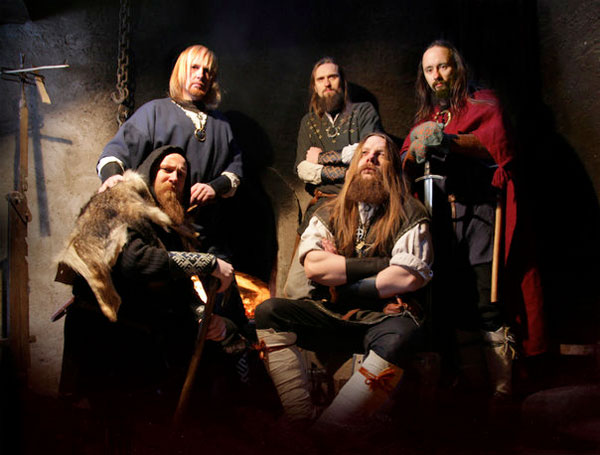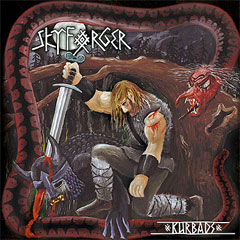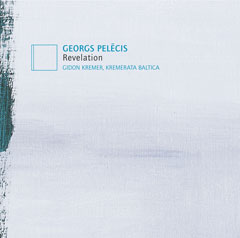
Mezzo-soprano Antra Bigača, along with distinguished and award-winning pianist Ventis Zilberts, last year recorded the album Laikam pāri… Latviešu vokālā kamermūzika 1950-2000. The compact disc is an overview of Latvian classical vocal chamber music on a decade-by-decade basis, with a cycle of works from each period.
Bigača has a unique voice. She has been a soloist at the Latvian National Opera since 1989, with more than 30 opera roles in her repertoire, and has performed many major works both in Latvia and worldwide. She also has won the Latvian Great Music Award in 1995 and the Latvian Music Award in 2008.
Though a mezzo-soprano, Bigača’s voice has a fullness and richness one might associate more with the alto voice. The works on the CD feature both ends of the spectrum, with the soaring heights of a traditional soprano and the deeper tones one might hear with an alto singer. This is one of many reasons why Bigača is one of the most noteworthy of Latvian singers. Bigača’s repertoire also includes one of the best known of mezzo-soprano roles: Bizet’s Carmen.
The 1950s are represented by composer Marģeris Zariņš with his vocal cycle “Sudrabota gaisma” (1952), with lyrics by Latvian poet Rainis. This nine-work cycle features some of Rainis’ most romantic words, with Bigača bringing both a tenderness and strength to these texts.
Composer Jānis Mediņš represents the 1960s, with his five-song cycle “Dziesmas” (1965) with texts by well-known Latvian poet Mirdza Ķempe. Here Zilberts provides a lyrical and nuanced piano performance that along with Bigača’s expressive singing provides for some memorable performances, particularly on the song “Mīlestības krāšnais koks.”
A unique Latvian composer is Pēteris Plakidis, who combines styles from multiple eras and adds a touch of humor to create a style that is individually his. This is displayed in the cycle “Trīs dziesmas ar Ojāra Vācieša dzeju” from 1979. Poet Ojārs Vācietis is one of the most beloved of Latvian poets, so composing satisfying music for his works is no easy task. The intentional clash of influencing styles of Plakidis can be heard in the brief song “Sadzīs vējis pēdas tev…,” with its vocal leaps and rather dramatic stylistic changes.
Arturs Maskats is considered by some to be one of the “Neo-Romantic” Latvian composers—a style tendency that is associated with emotional expressiveness. This is observed in the beautiful melodies of his vocal cycle “Romantisks triptihs” from 1989 with the poetry of Veronika Strēlerte. Moving from the lyrical “Sāpju pavasaris” to the almost funeral march-like “Pieta,” Bigača provides the necessary pathos to bring forth the emotion expressed in both the music and the texts.
The CD is rounded out by the vocal cycle “Three Songs Based on Poems by Emily Dickinson,” composed by Dace Aperāne in 1994. The cycle, in fact, is dedicated to Bigača. The tender piano music provides a beautiful landscape for the stirring singing of Bigača, particularly the poem “Wild Nights!,” an especially passionate poem of Dickinson’s.
The accompanying booklet features biographies of Bigača and Zilberts in both Latvian and English, as well as brief commentaries by Bigača on each of the works.
The CD is a particularly satisfying listen, with Bigača reaffirming her place as one of the most vivid interpreters of Latvian music, ably assisted by the talented pianist Zilberts. Not only does one hear the talents of the musicians themselves, but this collection features some of the most significant Latvian composers, not to mention memorable lyrics by a number of Latvia’s most important poets. Overall, this is a valuable collection and one of the best Latvian vocal chamber music CDs available today.
Details
Laikam pāri… Latviešu vokālā kamermūzika 1950-2000
Antra Bigača with Ventis Zilberrts
Hermaņa Brauna fonds, 2010
HBF 009






